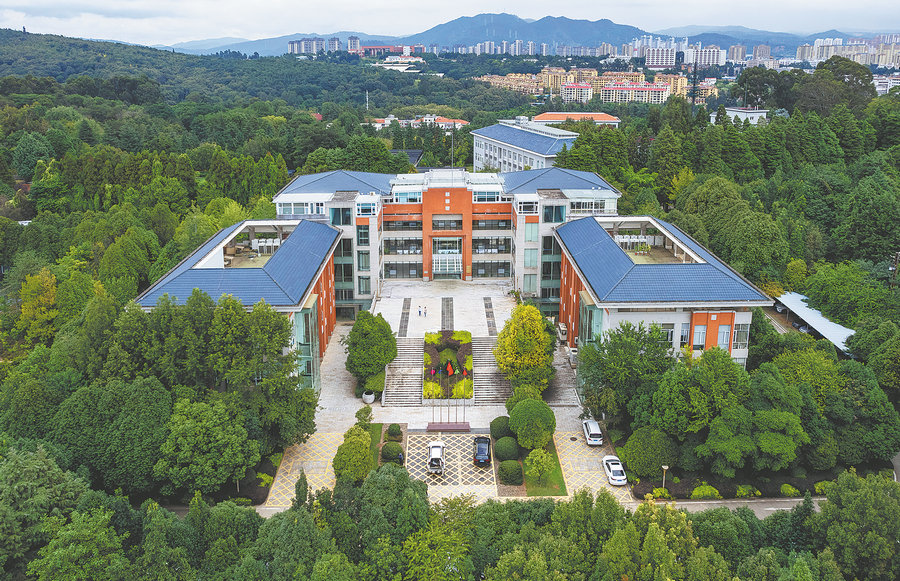Planting for the future
Seed specialists ensure the survival of a key component of life and provide a secure environment for possible revival, Yi Ling and Yue Ranran report in Kunming.


The germplasm bank project, founded in 2007 and run by the Chinese Academy of Sciences' Kunming Institute of Botany, includes a seed bank, a plant tissue bank, a DNA bank, a microbial bank, an animal germplasm resource bank and other sectors.
Dubbed the "Noah's Ark" of plants in China, it is a leading research and preservation facility for the germplasm of rare and endangered plants in Asia, serving as a refuge for wild plants.
"When a species faces extinction, we can use preserved germplasm resources to revive it," Cai says.
"I really hope such a day never arrives."
Despite its incredibly rich biodiversity, China is facing a grim situation in wild plant conservation. Research has revealed that among the country's higher plants (a genus of plants with tissues that conduct water and minerals), at least 4,000 species are threatened, constituting 10 percent of the total, according to Cai.
Since the genes of most plants are contained in their seeds, germplasm resources have become crucial carriers of the genetic information. Chinese scientists have been actively collecting seeds from endangered or rare wild plant species and storing them in seed banks.


















